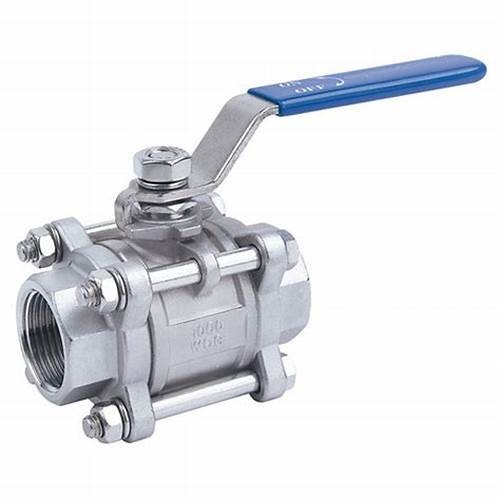dn50 flange
Understanding DN50 Flange A Key Component in Piping Systems
In the world of plumbing, piping, and industrial applications, the DN50 flange is a significant component that ensures seamless connections between pipes. The term DN stands for Diameter Nominal, which is a standard used to designate the size of the flange or pipe based on its nominal diameter. In this context, DN50 refers to a nominal diameter of 50 millimeters. The DN50 flange comes in various types and materials, making it essential to understand its specifications, applications, and advantages.
Specifications of DN50 Flange
A DN50 flange typically adheres to standard dimensions set forth by international standards organizations, such as ANSI (American National Standards Institute), ASME (American Society of Mechanical Engineers), and DIN (Deutsches Institut für Normung). The dimensions of a standard DN50 flange usually correspond to a pipe with an outer diameter of approximately 60.3 mm. The thickness and bolt hole arrangement may vary depending on the flange type, such as raised face, flat face, or ring-type joint.
Flanges are usually manufactured from different materials, including carbon steel, stainless steel, and alloy steel, among others. The choice of material often depends on the application and the environment in which the flange will be used. For instance, stainless steel flanges are preferred in corrosive environments, while carbon steel is commonly used for general-purpose applications.
Types of DN50 Flanges
Several types of DN50 flanges exist, each designed for specific applications. The most common types include
1. Slip-On Flange This type is designed to slip over the pipe and is welded in place. It is easy to install and is a popular choice in low-pressure applications.
2. Weld Neck Flange This flange features a long taper that allows for welding to the pipe. It is ideal for high-pressure applications and offers excellent strength and durability.
3. Blind Flange Used to seal the end of a pipe, blind flanges do not have a hole for a pipe. They are critical for maintenance and are often used in piping systems to isolate sections.
4. Socket Weld Flange Similar to slip-on flanges, socket weld flanges fit into a socket and are then welded. They are commonly used in small-diameter pipes.
5. Threaded Flange This type has internal threads, allowing it to be screwed onto a pipe. It is useful in situations where welding is not feasible.
Applications of DN50 Flange
dn50 flange

DN50 flanges are used in various industry sectors, including
- Water Supply and Sewage They are frequently used in water treatment plants, distribution systems, and sewage pipelines, providing leak-proof connections.
- Oil and Gas In the oil and gas industry, DN50 flanges are a common choice for connecting pipes due to their reliability and ability to withstand high pressures.
- Manufacturing Various manufacturing processes utilize flanges for connecting different sections of piping systems, particularly in chemical and food processing.
- HVAC Systems Heating, ventilation, and air conditioning systems often incorporate DN50 flanges for air and fluid transportation.
Advantages of DN50 Flanges
1. Ease of Installation The design of DN50 flanges facilitates quick and efficient installation, reducing downtime in systems.
2. Versatility With multiple types available, DN50 flanges can be used across various applications, adapting to different requirements.
3. Strength and Durability Depending on the material used, DN50 flanges can endure high pressures and resist corrosion, ensuring long service life.
4. Maintenance-Friendly The ability to easily remove and replace flanges makes maintenance and repairs feasible without extensive disruption to the piping system.
Conclusion
In summary, the DN50 flange is an indispensable part of modern piping systems, bridging connections in various industries. Its specifications, variety of types, and wide range of applications underscore its importance as a reliable component for ensuring fluid transport and structural integrity. Understanding the features and benefits of DN50 flanges can aid engineers, contractors, and maintenance teams in selecting the right components for their specific needs, ultimately leading to safer and more efficient systems.
-
Breakthrough in Domestic Low Temperature Valve Technology in ChinaNewsAug.18,2025
-
From Machinery to Intelligent Brain: The Digital Transformation Wave of the Valve IndustryNewsAug.18,2025
-
PCVEXPO 2025NewsAug.18,2025
-
The Key to Fluid Control: Exploring the Advantages of Ball Valves in Industrial SystemsNewsJul.09,2025
-
The Versatile World of 1, 2, and 3 Piece Ball ValvesNewsJul.09,2025
-
Stainless Steel Ball Valves: The Ideal Choice for Efficient Flow ControlNewsJul.09,2025
-
Optimizing Fluid Control with Ball Float ValvesNewsJul.09,2025




